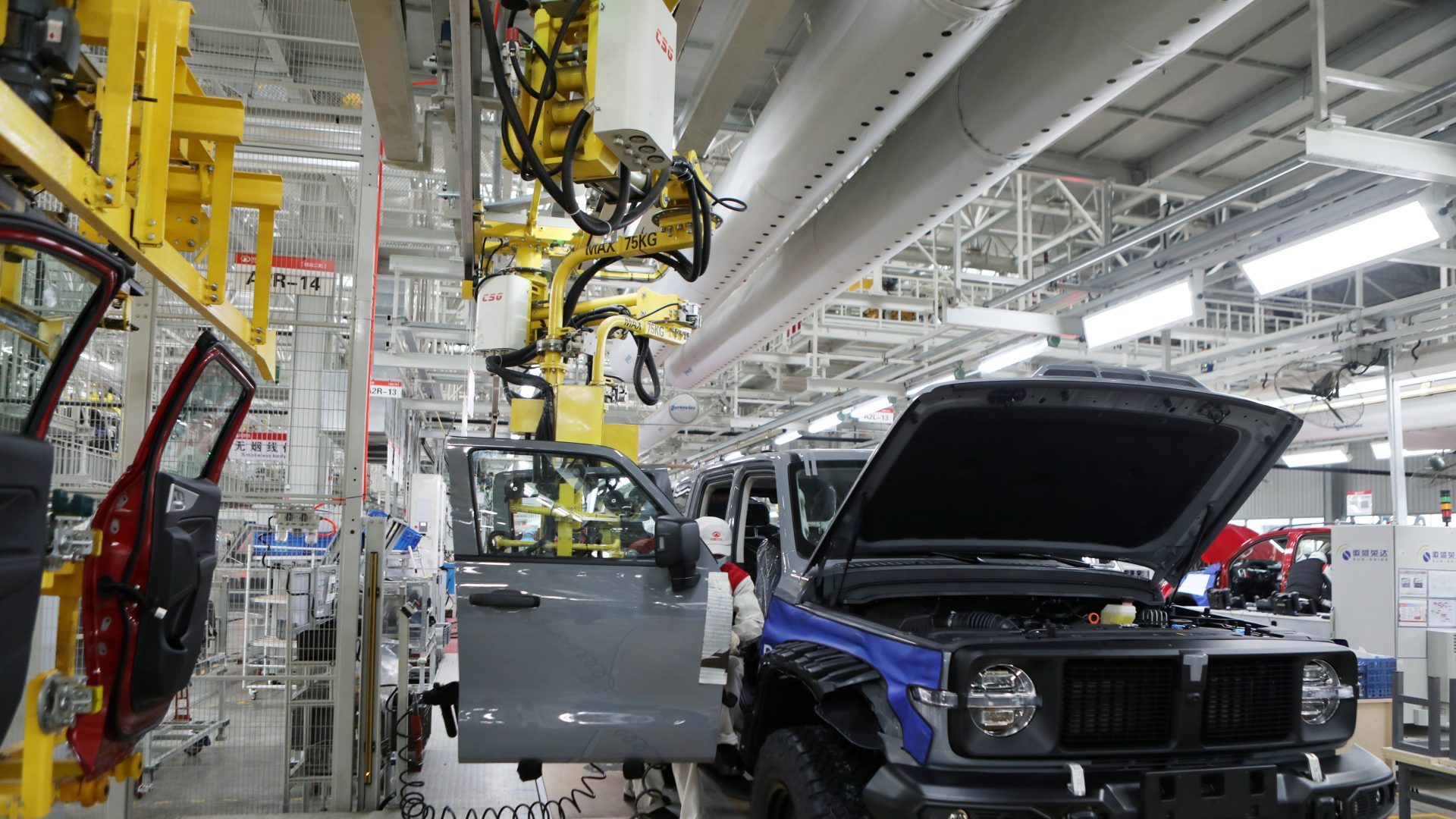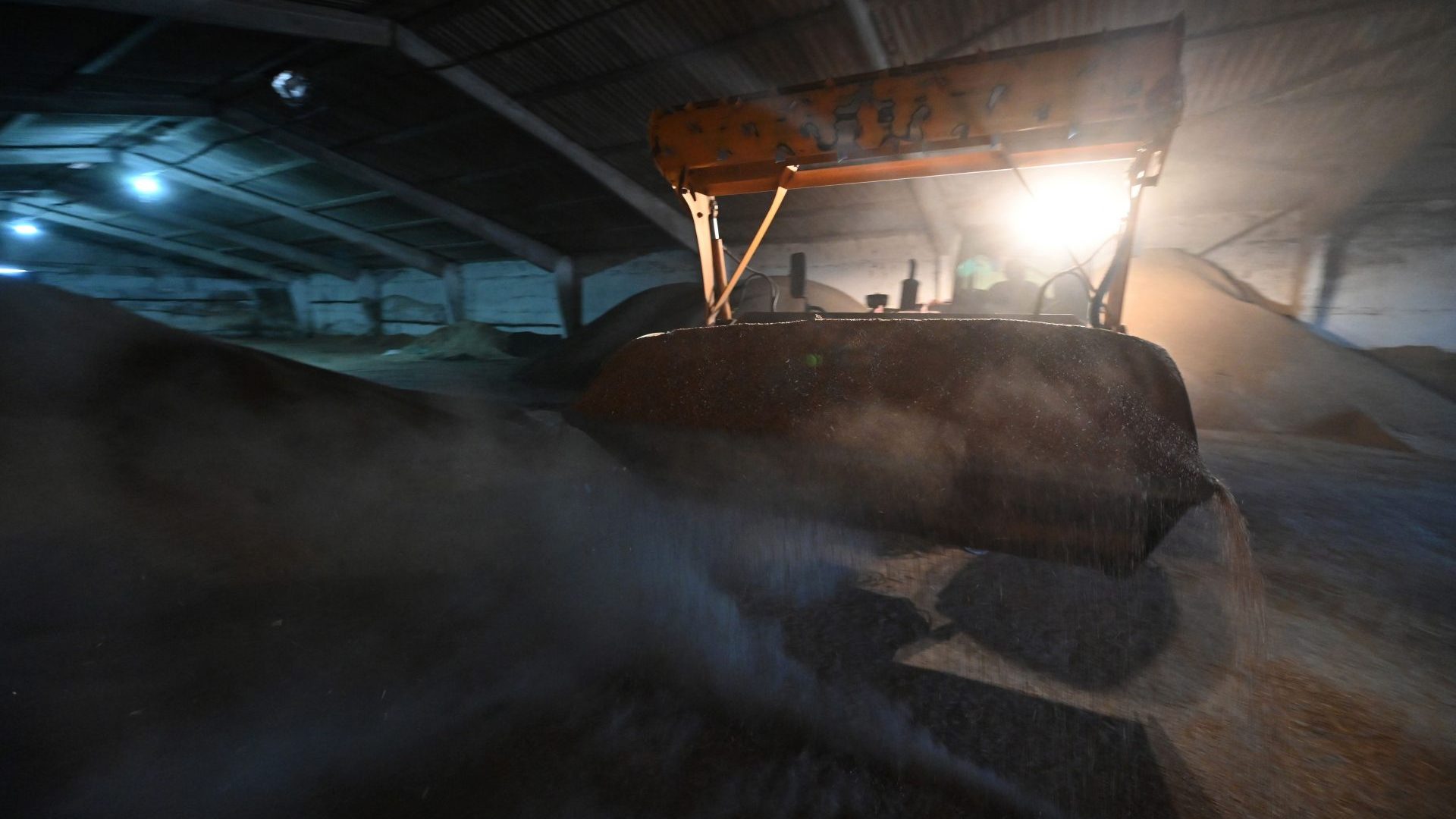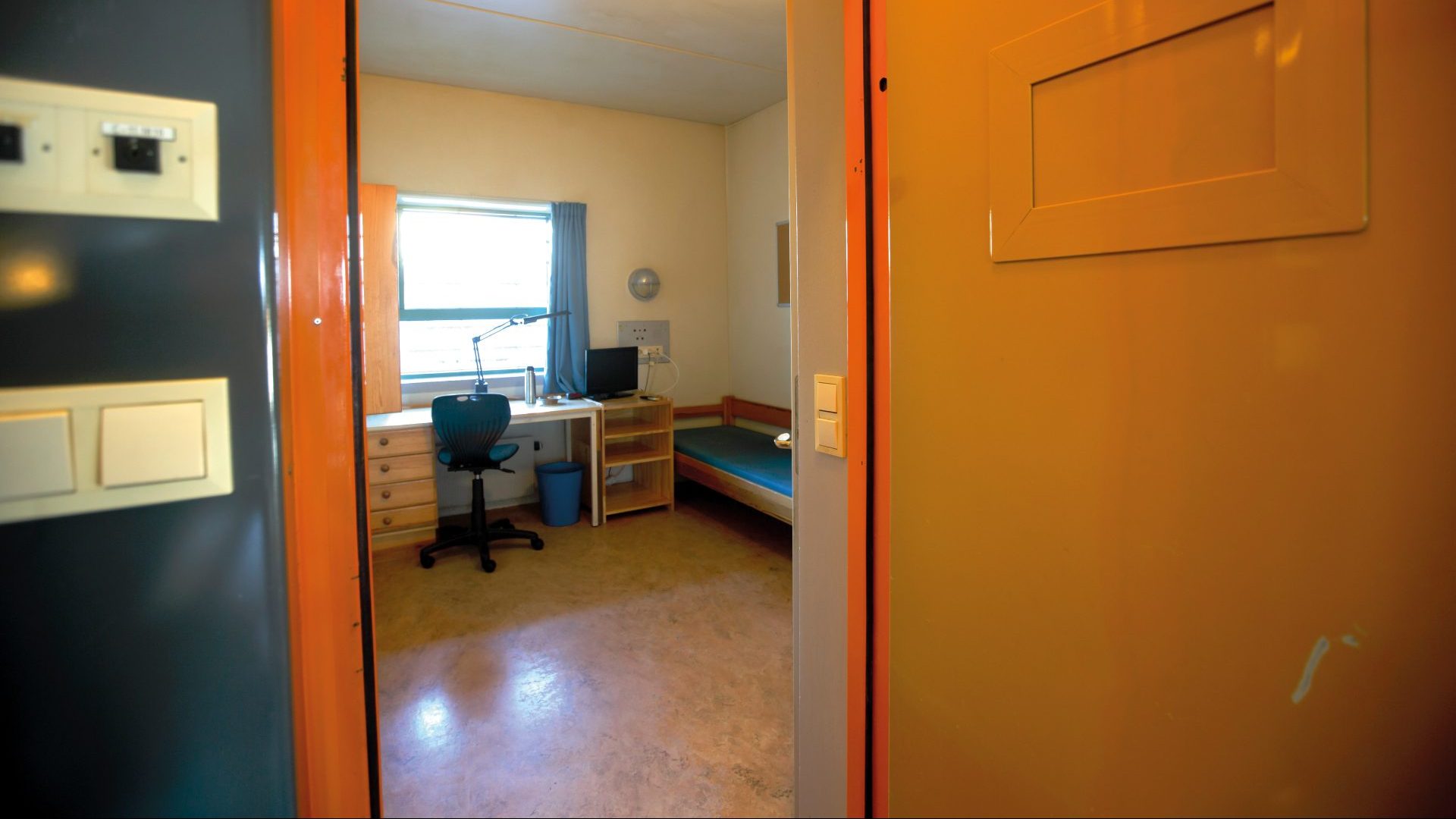The world is increasingly populated with niche museums: Amsterdam’s cheese museum, for example, or Iceland’s museum of the phallus. In
Passau, Germany, there’s even a museum devoted to the history of the
Dachshund breed. But it’s rare to find a museum devoted to work.
Work, said the 20th-century management consultant Peter Drucker, was unexplored territory for historians and economists alike. From Aristotle to
Marx, he said, everybody wrote about work – but nobody bothered to inquire
exactly how work works.
Arriving in the Austrian industrial town of Steyr, famous for guns and automobiles, I was delighted to find – nestling in a disused factory between
the rivers that used to power it – the Arbeitswelt Museum – literally, the museum of the world of work.
The displays are eclectic. There are rifles. There are cars. The tragic past of the Steyr works is represented by the striped uniform of a forced labourer, recruited during the second world war from the nearby Mauthausen concentration camp.
But the most interesting exhibit is a 19th-century working-class pub, rebuilt in its entirety from the original materials of a demolished tavern. On the tables are menus showing the average price of typical food served in the tavern – in 1914 and today’s equivalent – as calculated by the minutes of work it took to earn.
The results are jaw-dropping. The cheapest food is bread soup – bread dissolved in broth. In 1900 it would have taken the average male worker 90
minutes to earn the price of a bowl of this stuff; a woman would have needed three hours. Today, according to the museum’s curators, it takes the
average worker just six minutes.
And so it goes. A bowl of minced beef and mashed potatoes would have
taken a man five hours to earn in 1900, and a woman ten: a day’s work for the latter. Today it takes 28 minutes.
As you work your way down the menu, the revolution in human productivity over the past 100 years becomes clear: from beer to coffee to a plate of ham and eggs, today’s price – in hours worked – falls to between one-tenth and one-20th of what it was on the eve of the first world war.
Today, across Europe, working people are starting to worry – and in some countries even panic – about the suddenly rising cost of living. With inflation in Britain at 9% – and set to go higher – the real spending power generated by people’s work is going backwards.
But in the long term, if we harness the productive power of new technology, and increase people’s skills across the board, that menu in the Steyr museum
is a signpost towards a better future.
Since the 1990s economists have understood that digital technology does something no previous technological revolution has achieved: it reduces the hours of work needed to produce and reproduce some goods to the logical destination implied by the Steyr menu – which is close to zero.
Think of a music track. The composer had to write it. The band had to rehearse and record it. A distribution company had to design the album cover and upload it to Spotify. But the more it is downloaded, the more the
production costs get absorbed into each product – and the cost of downloading or streaming each file – in terms of human work – is zero.
Of course, physical products – like food, machinery and the ubiquitous t-shirts sold by museums of all kinds – still take work hours and energy to
make. But the automation revolution – not just in manufacture but design –
will, if we let it, strip away human processes we once thought were irreplaceable.
In Steyr, still home to an engine plant for BMW and a factory that makes trucks for MAN, the union activists know that “co-bots” are coming – robotic assistants that could reduce the number of workers on the production line. At the same time, the simplified design of the electronic vehicles that will soon replace petrol-driven ones will see yet another round of “rationalisation” in the car industry.
There are two rational responses. One, advocated by trade unions and old-style Labour parties, is to guarantee everyone a decent job: raising the social
value and status of jobs like care worker or taxi driver. The other, advocated by techno-utopians and greens, is to de-link work from incomes, so that we
can be incentivised to cut the working week, year and lifetime.
In Austria, which I’ve been touring to discuss my books, you see both kinds of measure: the education system is designed to produce well-qualified and
skilled manual workers, whose rates for the job are protected by qualification barriers. Even to be a tour guide in the city of Salzburg you have to study three nights a week for two years – and there are no “unofficial” guides allowed.
Meanwhile, in cities controlled by the left and the greens, you see controls on household costs. In Vienna, under pressure from the Greens, the socialist
city council introduced an annual travel ticket costing €365 a year. That means the maximum any adult can pay, to crisscross the city on its famous
trams and railways, is €1 a day. As to rent – 80% of Vienna’s apartments are
rented, of which two-thirds are social housing and much of the rest subject to strict (if complicated) rent controls.
I’m not saying Austria is a postcapitalist paradise. The desire to guard these privileges against incomers has produced a strong and persistent right-wing populist party. But it means that Austrian inflation – at 7% – feels very different to the 9% inflation suffered by Brits.
And in the long term, it is the provision of universal basic services like transport, housing, healthcare and education that will help us survive the transition to a low-work future. Looking at the grainy pictures of the men and women who cranked out rifles in the Steyr works in 1914, it is clear that work, for us, plays a much less important part in our lives.




